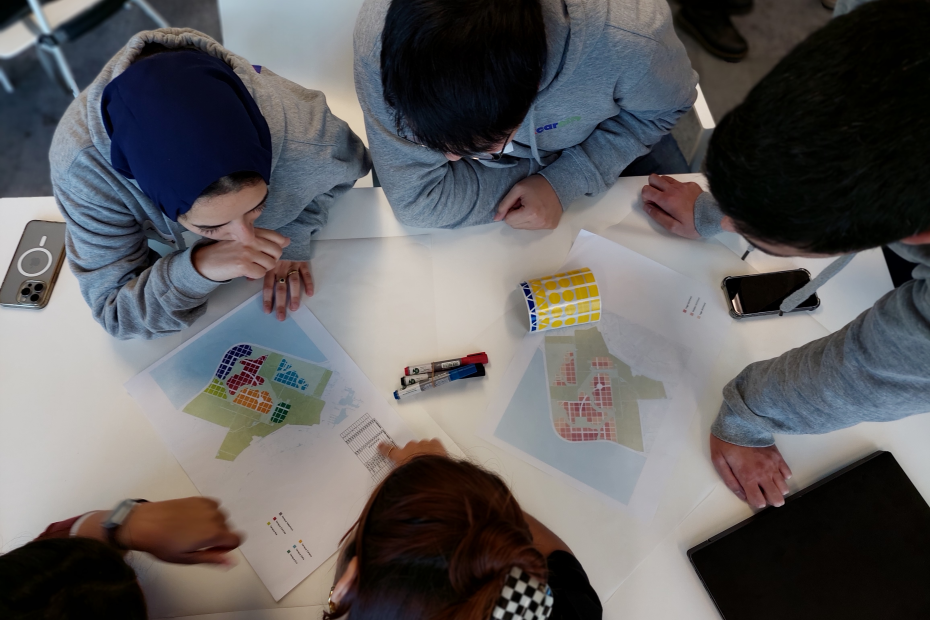By: Fatemeh Marzani
In our research team, we are looking for methods allowing crowd analytics without compromising individual privacy. As public spaces become increasingly monitored, our approach offers a path forward that balances analytical needs with fundamental privacy rights.
Footfall: refers to counting unique individuals at a specific location. In the system, this involves detecting faces, extracting features, and clustering similar faces to count unique visitors without identifying them. This provides valuable metrics like how many people visit a location during a given timeframe.
Crowd Flow: is more complex, tracking movement patterns between different locations. Our approach compares clustered face data from Location A with Location B to determine how many individuals traveled between these points. This helps understand traffic patterns, popular routes, and space utilization.
Challenges of Using Face Data
Using facial recognition for these analytics introduces several significant challenges:
- Privacy Concerns: Traditional face recognition systems store actual biometric data, creating serious privacy risks if breached.
- Regulatory Compliance: Many jurisdictions have strict regulations about collecting and storing biometric data (GDPR, CCPA, etc.).
- Security Vulnerabilities: Stored face data could potentially be exploited for tracking individuals across locations without consent.
- Computational Overhead: Processing high-dimensional face feature vectors (typically 512-dimensional) requires significant resources.
- Accuracy vs. Privacy Tradeoff: More accurate tracking typically means more invasive data collection, creating an ethical dilemma.
Our Innovative Solution
We are implementing a multi-layered approach that fundamentally reimagines crowd analytics:
- Locality-Sensitive Hashing (LSH): Converting complex facial features into binary hash codes that preserve similarity relationships while making original data irretrievable
- Hierarchical Clustering: Grouping similar hash codes to count unique individuals anonymously
- Homomorphic Encryption: Performing calculations on encrypted data, allowing secure comparisons between locations without decryption
- Differential Privacy: Adding precisely calibrated noise to further protect against potential inference attacks
Next on Our Roadmap
- Enhanced Privacy Protection: Advanced differential privacy implementations
- Computational Efficiency: Solutions for handling large-scale crowd flow analysis
- Real-World Deployment: Validating performance across diverse environments
